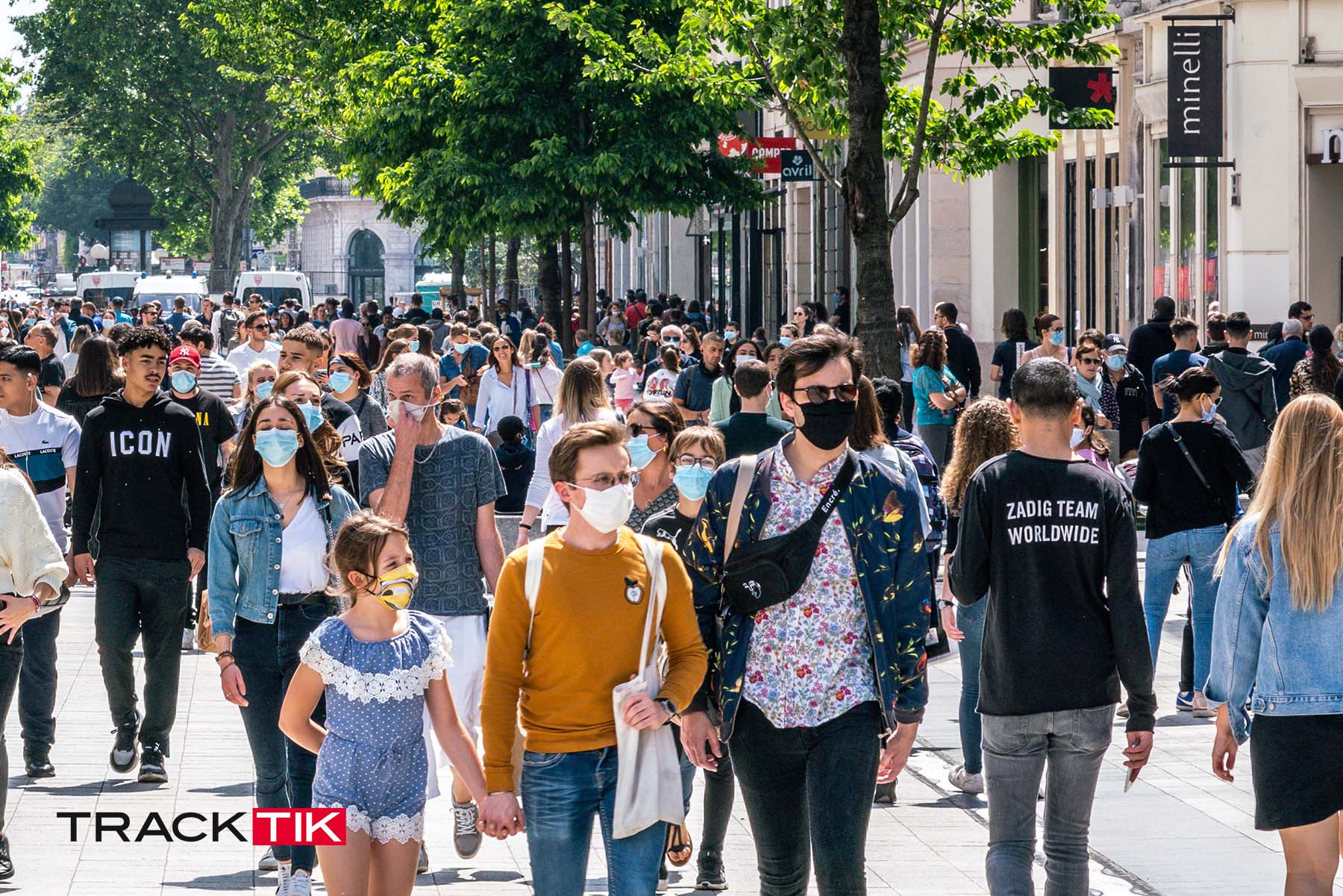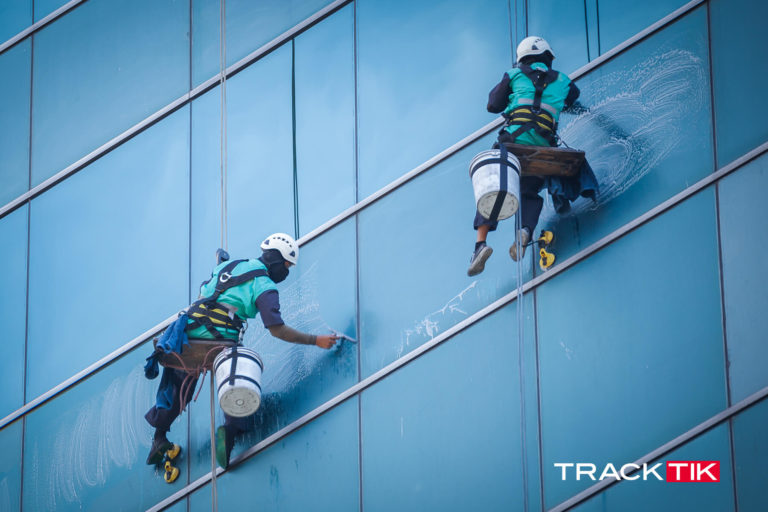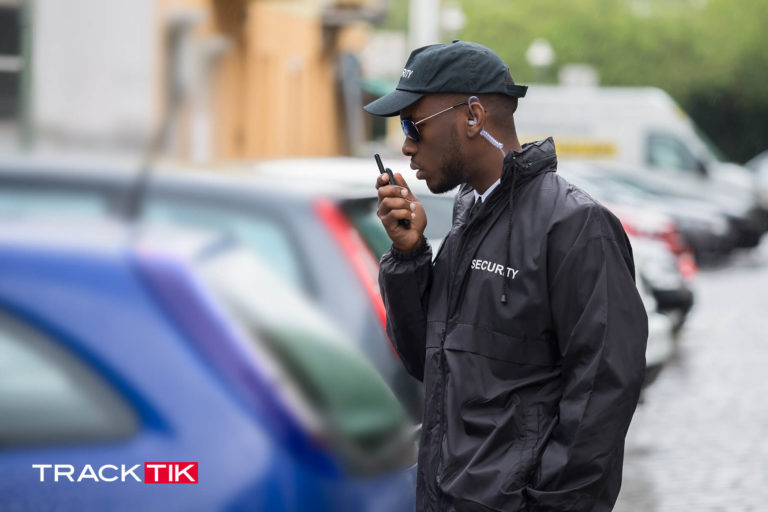In the unprecedented year that was 2020, Business Improvement Districts (BIDs) played a pivotal role in providing many cities with up-to-date information from local and state governments on the unfolding health crisis caused by the coronavirus pandemic. They ensured that property owners and local merchants had accurate information on shutdowns and re-openings and more shutdowns and reopenings. They distributed personal protective equipment (PPE) like face masks, individual hand sanitizers, and gloves to keep store owners and their staff safe as customers returned to storefronts for curbside pickup of food, groceries, and medicine.
BIDs supported local businesses and property owners in a pre-pandemic world by encouraging them to join forces to transform their cities physically. Business improvement districts provided clean and safe streets maintained green spaces, offered homeless outreach and security, and attracted diverse commercial retail establishments to their urban centers.
Adding to the public health crisis caused by the pandemic during the summer of 2020, tensions among the citizens of many urban cities, especially New York City, were at an all-time high after the tragic death of George Floyd. While most of the demonstrations were peaceful protests, there were groups of individuals who looted, ransacked, damaged, and set fires to commercial buildings and vehicles in the streets of many cities.
In the post-pandemic world, many BIDs are responding by rolling up their sleeves and doing what they do best — cleaning up their streets, picking up trash, removing graffiti, scraping gum off sidewalks, replacing boarded-up damaged storefronts with local-area artwork, and more. So many business improvement districts are turning to field service management technology for BIDs to reassure residents and visitors that city centers are once again safe places to work and play and help restart a pandemic-ravaged economy.
Over 1000 BID Programs in the United States
New York City has the most extensive BID program in the country, with over 76 BIDs. Over the past 40 years, BIDs have been strong partners across New York’s five participating boroughs – Manhattan, Bronx, Queens, Staten Island, and Brooklyn – creating neighbourhood revitalization projects and boosting the economy. These 76 BIDs serve approximately 93,000 businesses and invest more than $170 million into local economies. But it wasn’t always like that. In the early 70s, New York City, in particular, was known for its landscape of crime, urban neglect, and squalor. Most credit the transformation of New York City to the establishment of business improvement districts when some Manhattan businesses took matters into their own hands and set up a voluntary tax fund to clean up the neighbourhood and make them safer.
Using Technology to Make a Positive Impact on Business Improvement Districts
Field Service Workforce Management
Now that the world has adopted an attitude of “learning how to live with the pandemic,” or at least tolerate it, BIDs are once again playing a central role in the renaissance of urban centers by cleaning up their cities, recruiting retailers to rent space in the many abandoned storefronts, and promoting their cities to developers, empty nesters, singletons, tourists and the like. In these COVID-ravaged districts, these city centers wouldn’t likely recover without the ongoing work of the BID and the use of field service management technology to provide invaluable insight into the BID’s entire field operation.
SaaS-based field service management software helps document and communicate the day-to-day duties of field teams across different initiatives and programs that relate to maintenance and sanitation, public safety and security, homeless outreach, hospitality and marketing, and beautification.
Sidewalk Maintenance, Graffiti Removal, and Trash Pickup
One of the primary tasks undertaken by most BIDs once the world began to emerge from their work/home environments was providing sanitation services to keep the streets clean and ensure that the sidewalks were walkable. Sanitation programs in New York City and many other cities include sweeping, power washing, removing chewing gum and graffiti, picking up and bagging trash, and keeping the sidewalks clear of ice and snow in the winter months. Equipping field teams with field service management software on their mobile devices provides them with all the tools they need to clock in and out, scan checkpoints, submit reports and video, receive notifications, and a panic button in the event of an emergency.
Surveillance Cameras, Extra Lighting, and Security
BIDs also implement safety and security measures for local businesses, city residents, and tourists. These measures include providing security officers on foot patrols throughout the BID, installing surveillance cameras and extra lighting where required, posting security officers to assist foot traffic, and employing safety ambassadors to provide assistance and general directions to residents and visitors. Several BIDs also hold regular crime prevention workshops to help residents remain vigilant at all times. The use of field service management software provides detailed tracking, reporting, and monitoring throughout the district, so field teams have visibility into ongoing safety and security operations. Armed with real-time information, teams are better able to uncover insights and spot trends to get ahead of any potential problems before they occur.
Active Homeless Outreach
Each BID approaches homelessness differently. One thing is clear, though — BIDs are uniquely positioned to play an active role in providing services for the homeless, such as street outreach, housing and service referrals, and even job opportunities for the population, including offering positions to the homeless within the BID team. BIDs with active homeless outreach programs often use dashboards to keep track of the homeless and their location and service referrals.
Cultural Events, Festivals, and Holiday Promotion
BIDs are very active in promoting their districts and city centers to attract visitors to their streets. The marketing of the business improvement district is essential throughout the post-pandemic period to ensure residents and merchants that the community is thriving and will once again return to its pre-pandemic hub and activity. BIDs have started distributing flyers highlighting returning cultural events, music festivals, and street fairs to encourage this mindset. During the holiday season, BIDs installed holiday lighting throughout the district. They often piped festive music through speakers attached to light posts to encourage residents and visitors to visit local merchants. Many BIDs also produced shopping guides to distribute through the district.
Tree Planting and Green Spaces
BIDs also play an essential role in beautifying neighbourhoods by providing and maintaining street furniture and lighting. Many BIDs install and maintain planters on city streets and plant trees in available green spaces. Many sponsor public art installations and provide wayfinding banners for visitors to the BID.
There’s no doubt that BIDs have played an important role in revitalizing cities across the United States. During the past two years, BIDs have certainly stepped up to the challenges posed by the ongoing coronavirus pandemic, including re-introducing a sense of safety and security to residents, merchants, and visitors with the help of technology.
To learn more about how cloud-based field service management software for BIDs can help you better track incidents and monitor neighbourhood trends to predict and prevent issues with analytics, please visit tracktik.com/business-improvement-districts/
Join us at the OBIAA Conference in Niagara Falls from April 24-27, 2022. Our team will be on hand to demonstrate how our field service management solution for Business Improvement Districts will help you gain visibility and real-time intelligence into your field operations, uncover insights, and ensure your team’s safety.



